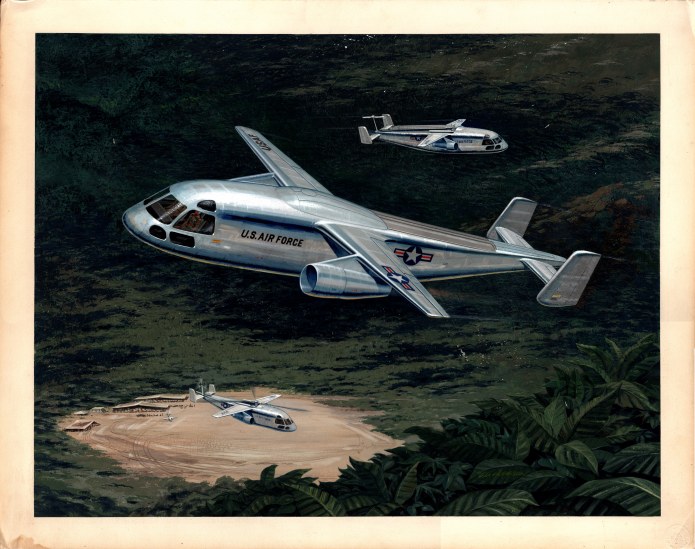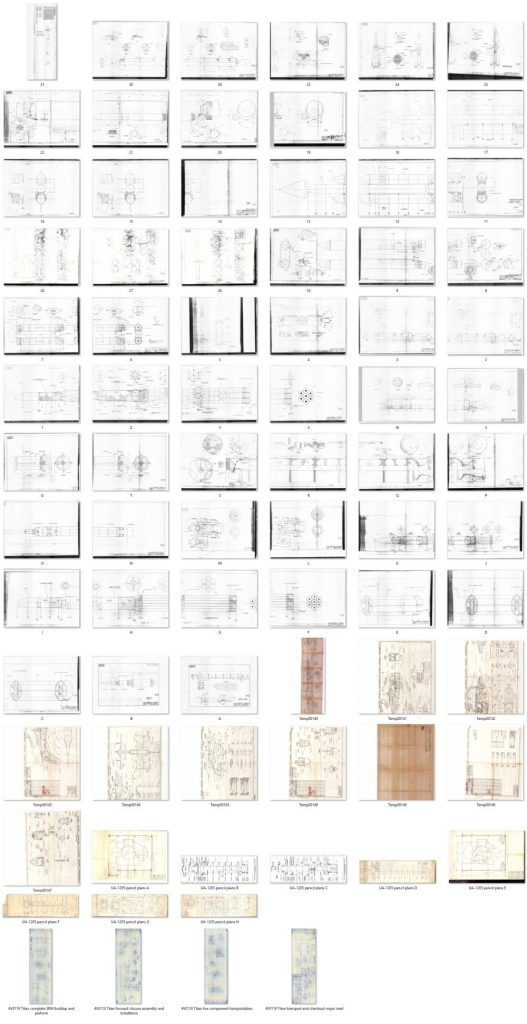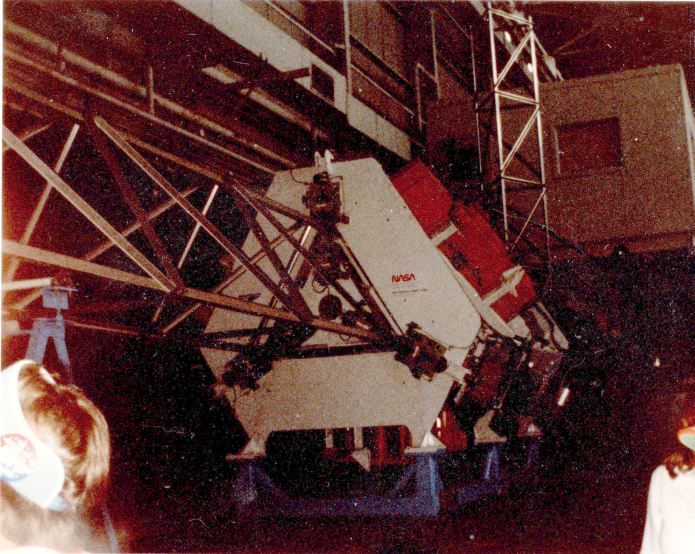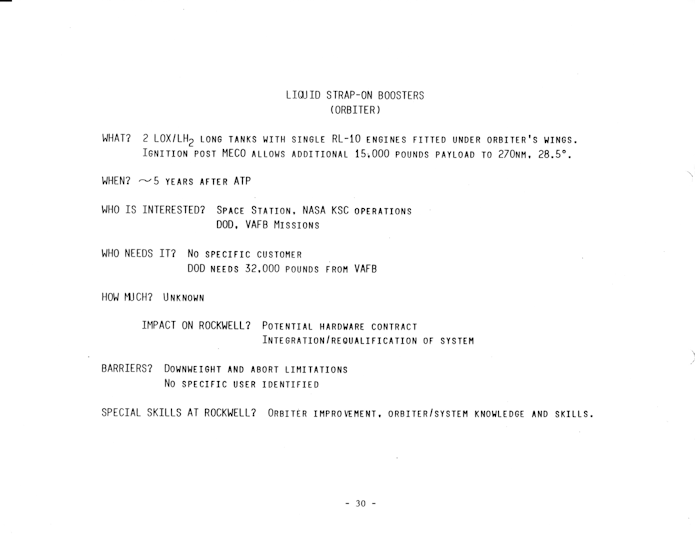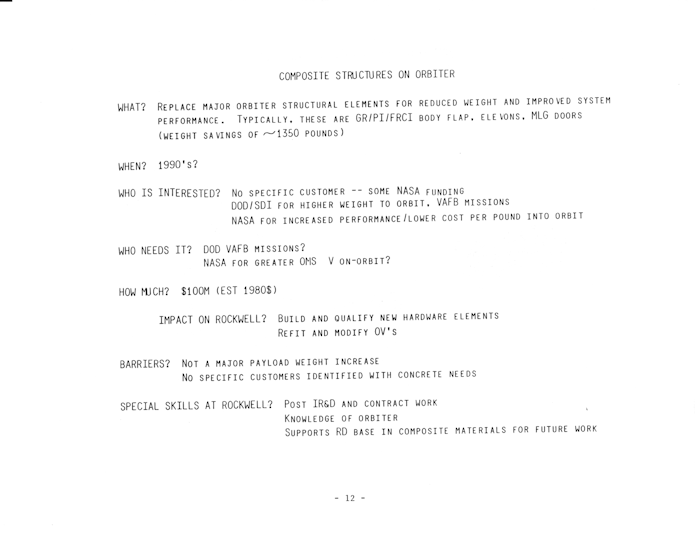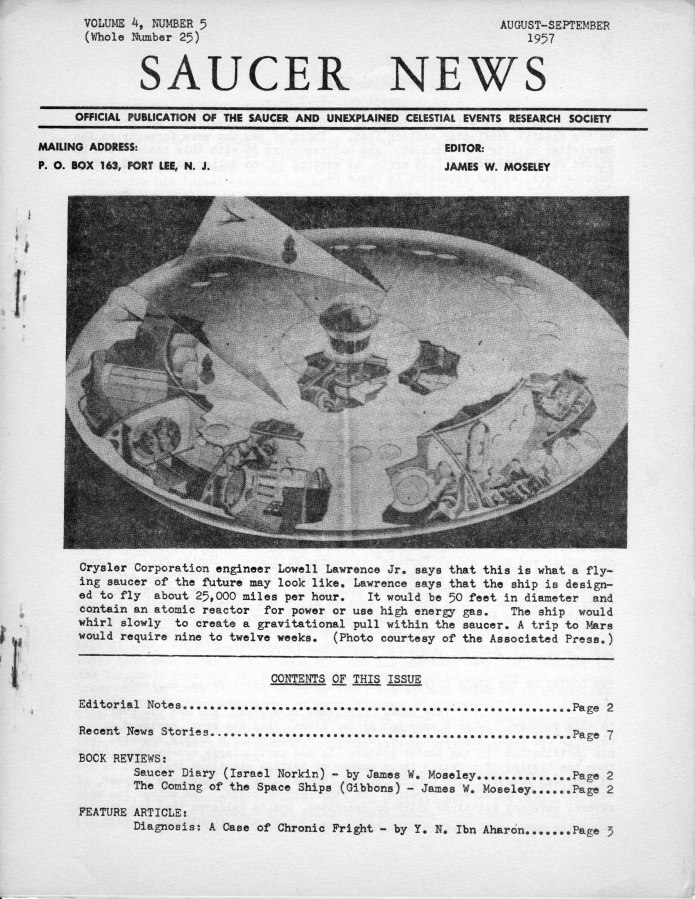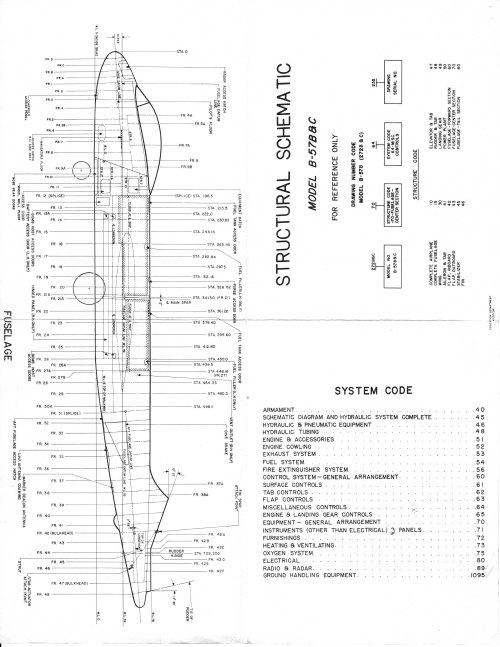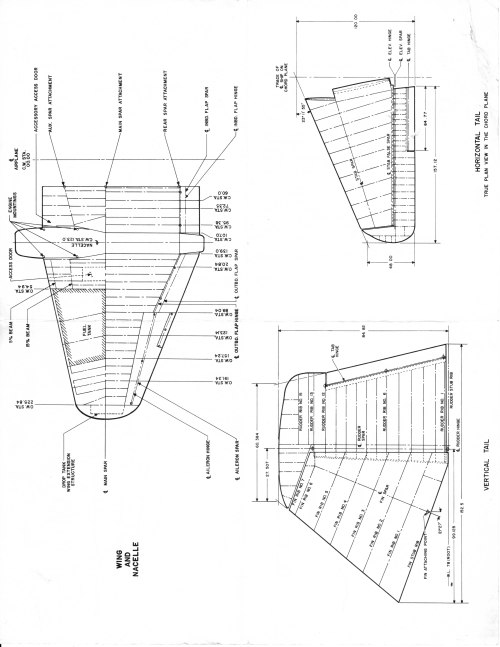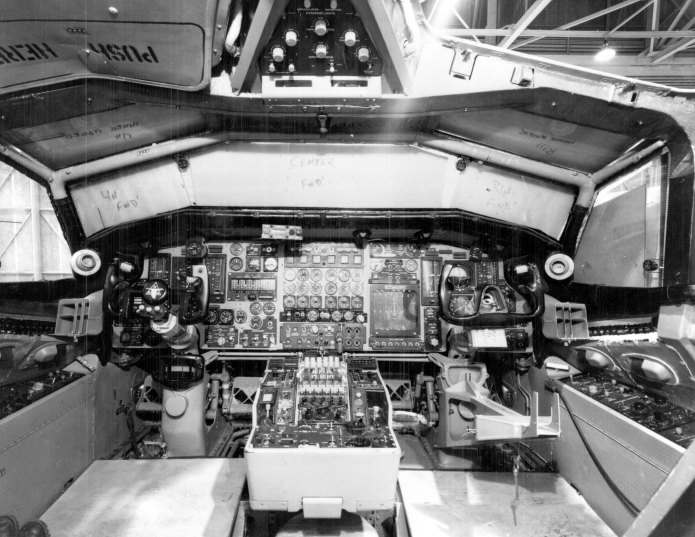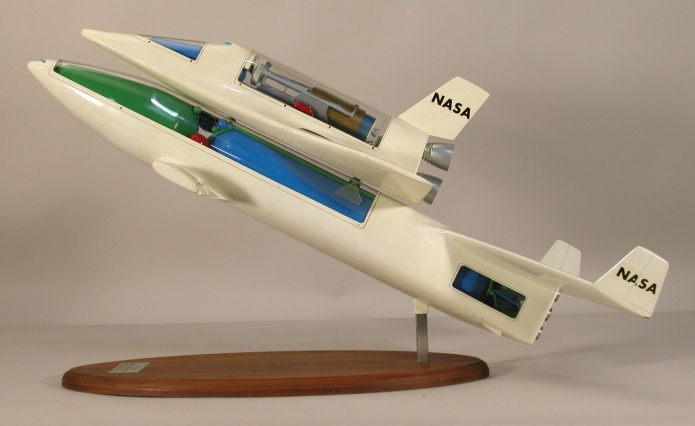Some years ago I scored some aerospace concept art off ebay. This is not an unusual occurrence; I’ve procured a great many lithographs there. But this one was different… it was the *actual* original painting created in the mid-60’s. At the time I couldn’t really get a good scan of it, but a change in scanners a while back, coupled with the recent move and revival of the “scan everything” project allowed me to finally digitize the thing.
The image depicted a composite aircraft that used stowable rotors for VTOL and hover like a helicopter, and turbofan engines for efficient fast forward speed. As shown here it is operating in Viet Nam in a combat search and rescue role, something the Lockheed CL-945 (a very similar design) was intended for.
The full image is far bigger (a bit bigger than 10X the linear dimensions than the version above) and has been made available as a thank-you to APR Patreon and Historical Documents Program patrons at the above-$10-per-month level. If interested in this piece or if you are interested in helping to fund the preservation of this sort of thing, please consider becoming a patron, either through the APR Patreon or the Monthly Historical Document Program.
